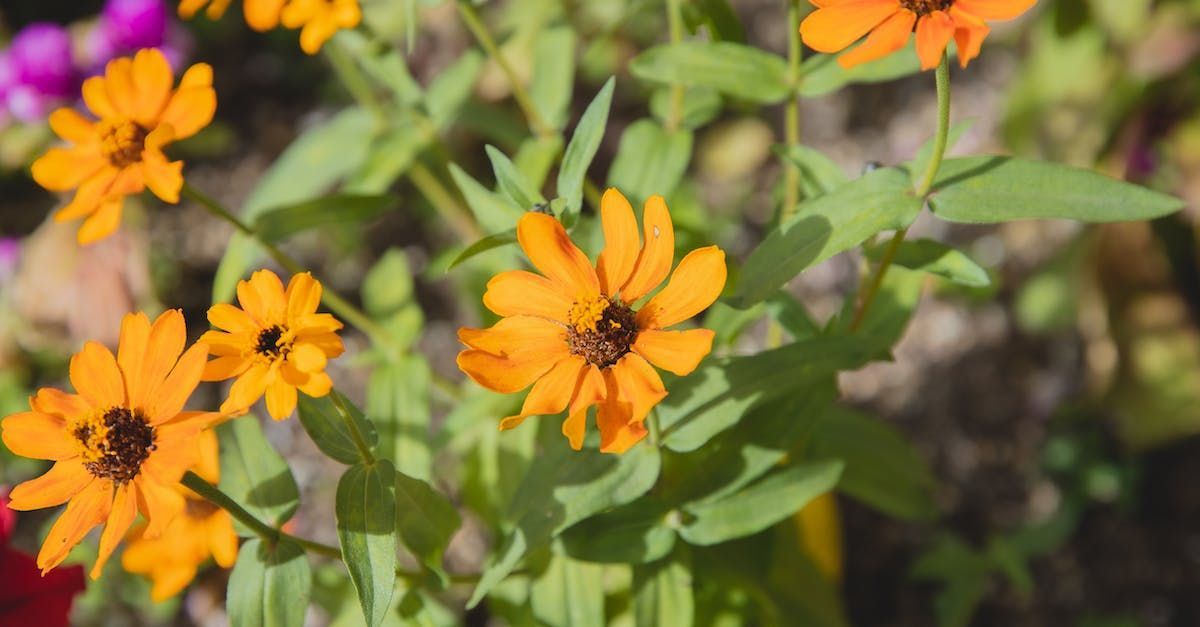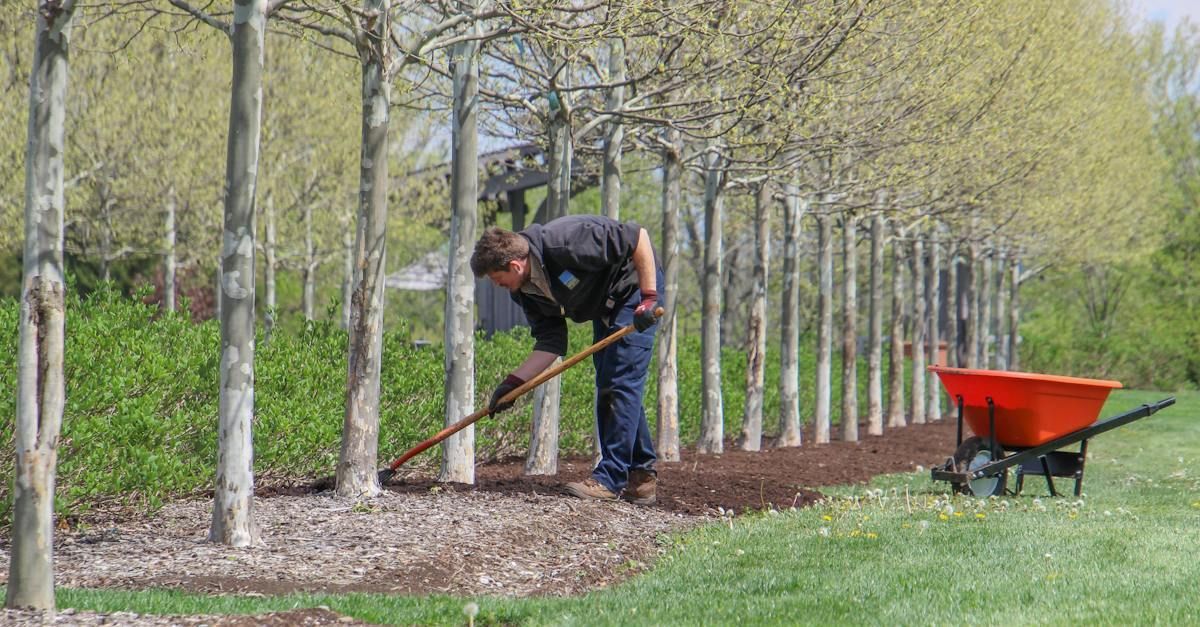Choosing the Right Soil for Your Garden: Nutrient-Rich Topsoil or. Mushroom Compost… or both
Which Soil Should I Use in My Garden?

When it comes to nourishing your plants and cultivating a thriving garden in State College and across Central Pennsylvania, selecting the right soil amendment is crucial. Nutrient-rich topsoil and mushroom compost are two popular options, each offering unique benefits for soil health and plant growth. In this guide, we'll compare the characteristics of nutrient-rich topsoil, mushroom compost, and the combined use of both, helping you make informed decisions to maximize the productivity of your garden with State College Mulch.
Nutrient-Rich Topsoil
Characteristics:
- Mineral Content: Nutrient-rich topsoil contains essential minerals and organic matter necessary for plant growth, providing a solid foundation for root development.
- Water Retention: Topsoil has good water retention properties, ensuring adequate plant moisture levels, especially during dry periods.
- Soil Structure: Well-balanced topsoil promotes healthy soil structure, allowing for proper aeration and drainage.
Ideal Uses:
- Garden Beds: Nutrient-rich topsoil is ideal for filling garden beds, raised beds, and containers, providing a fertile growing medium for vegetables, flowers, and ornamental plants.
- Lawn Installation: Incorporating topsoil into the soil surface before laying sod or seeding promotes healthy turf establishment and root growth.
Mushroom Compost
Characteristics:
- Organic Matter: Mushroom compost is rich in organic matter derived from mushroom cultivation, providing essential nutrients and microbial activity to the soil.
- Nutrient Content: Composted mushroom substrate contains a wide range of nutrients, including nitrogen, phosphorus, and potassium, beneficial for plant growth.
- Soil Conditioning: Mushroom compost improves soil structure, enhances moisture retention, and supports beneficial microbial populations.
Ideal Uses:
- Mulching: Mushroom compost is an effective mulch that suppresses weeds, retains moisture, and adds nutrients to the soil as it decomposes.
- Soil Amendment: Incorporating mushroom compost into garden beds, flower beds, and vegetable gardens enriches the soil with organic matter and nutrients, promoting healthy plant growth.
Nutrient-Rich Topsoil + Mushroom Compost
Characteristics:
- Synergistic Benefits: Combining nutrient-rich topsoil with mushroom compost offers synergistic benefits, providing a balanced blend of minerals, organic matter, and nutrients for optimal soil health.
- Improved Soil Fertility: The combined use of both amendments enhances soil fertility, promoting vigorous plant growth, and higher yields.
- Enhanced Soil Biology: The diverse microbial populations in topsoil and mushroom compost contribute to improved soil biology and ecosystem health.
Ideal Uses:
- Garden Establishment: To provide an optimal plant growing environment, incorporate a blend of nutrient-rich topsoil and mushroom compost when establishing new garden beds or renovating existing ones.
- Planting Preparation: Mix nutrient-rich topsoil and mushroom compost together when preparing planting holes for trees, shrubs, and perennials to provide a nutrient-rich and well-draining soil mixture.
Nutrient-rich topsoil and mushroom compost offer valuable benefits for soil health and plant growth, each with unique characteristics and applications. Whether used individually or in combination, State College Mulch provides high-quality soil amendments to meet the diverse needs of gardeners and landscapers. By understanding the attributes of nutrient-rich topsoil, mushroom compost, and their combined use, you can create thriving landscapes and bountiful gardens that flourish year after year. Contact us today to ensure that your garden thrives this spring and summer.
Share this post



